US polar vortex: why is it so cold?
Scientists highlight possible links to climate change as temperatures of -30C hit Chicago and Midwest
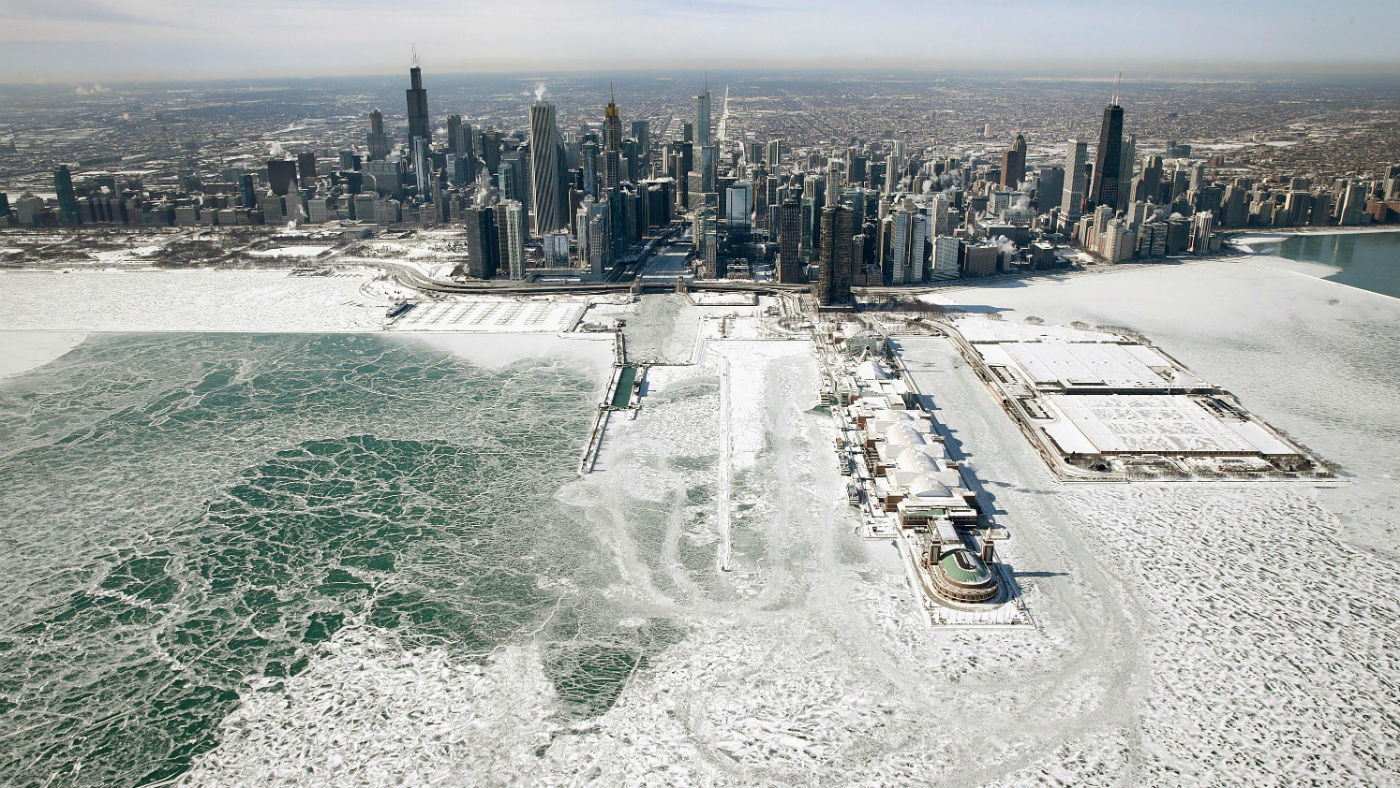
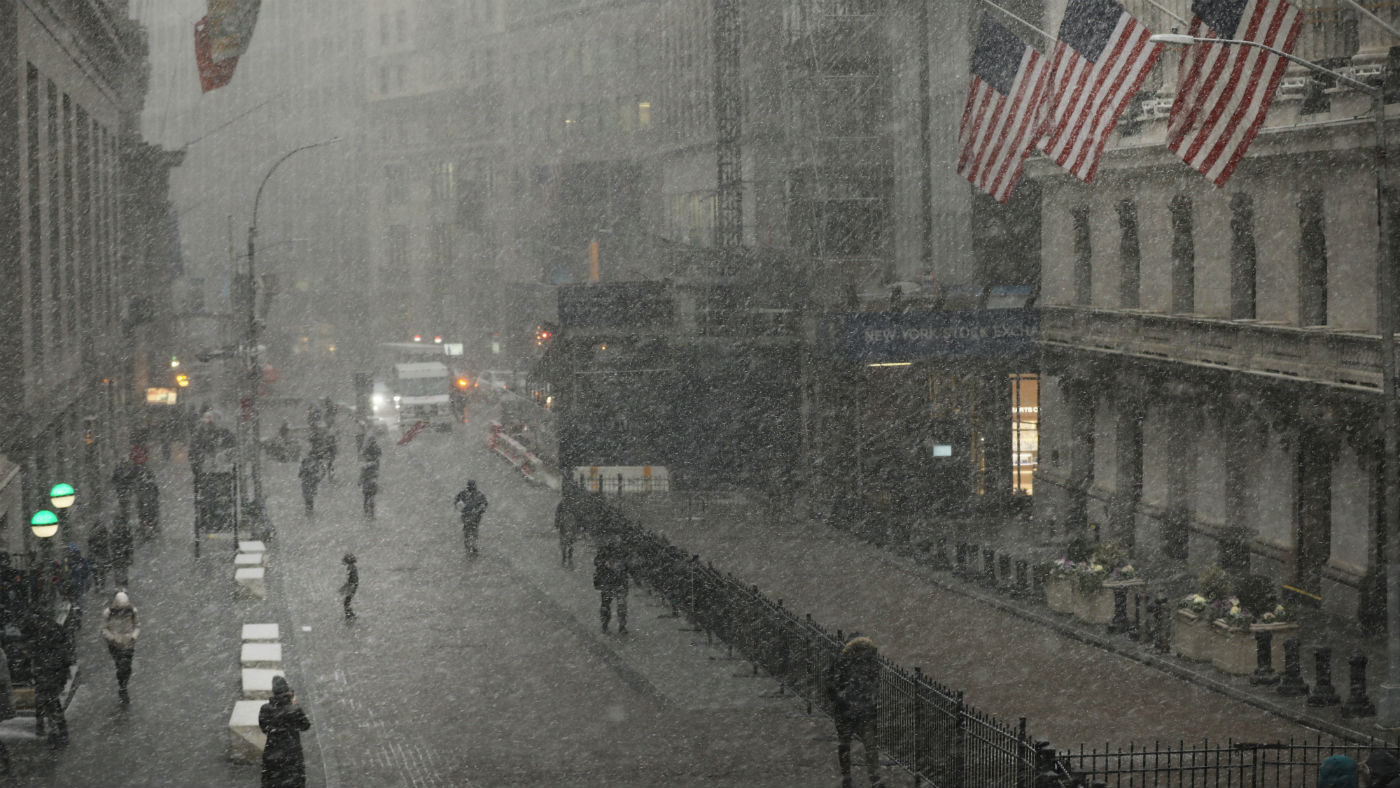
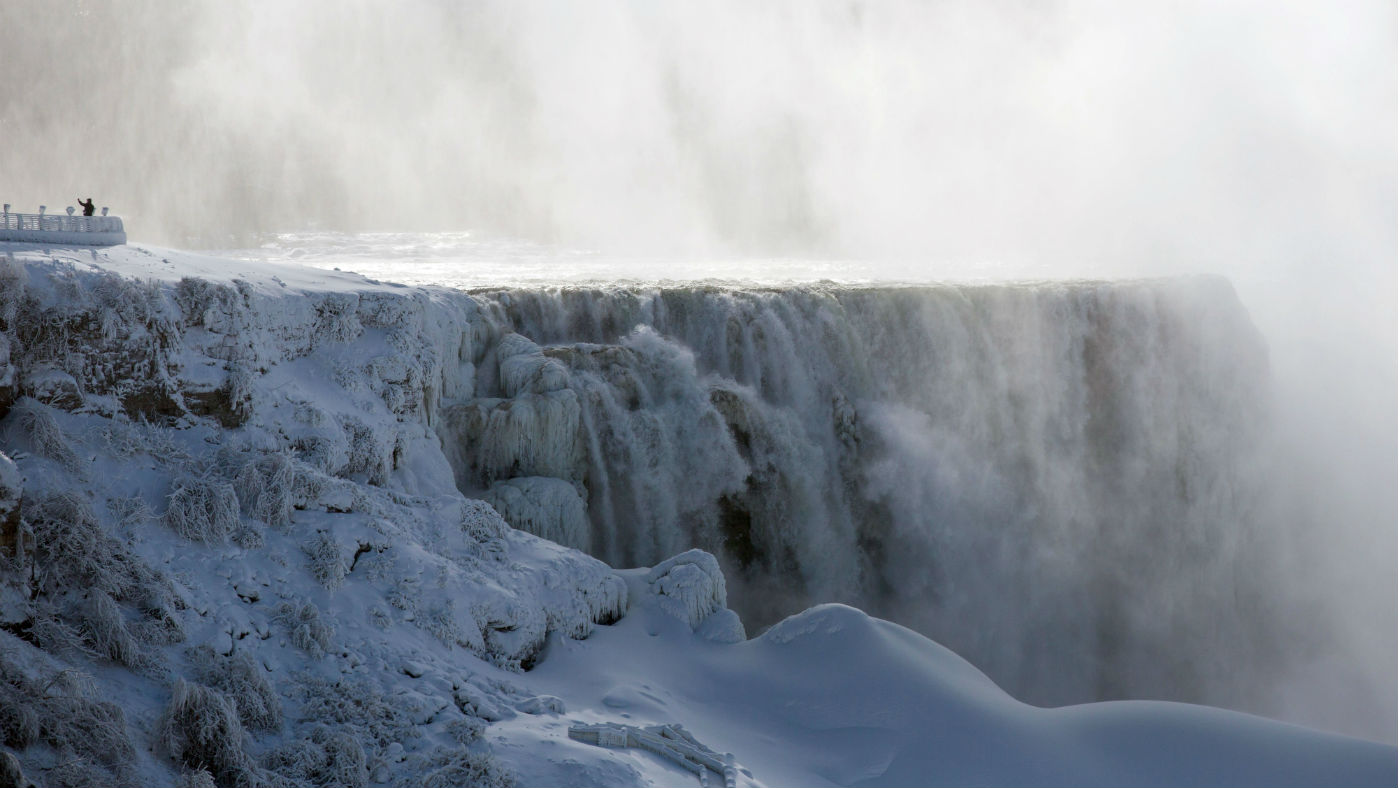
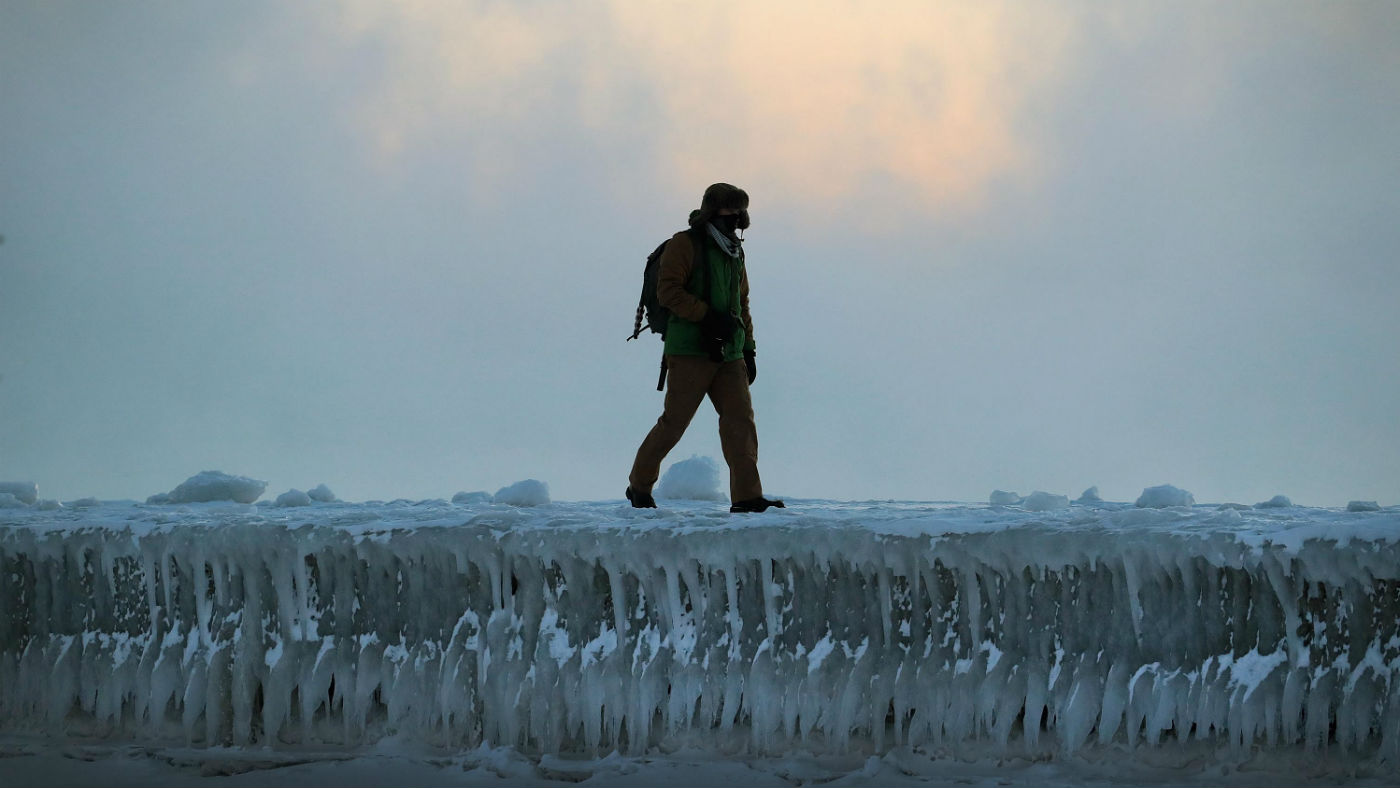
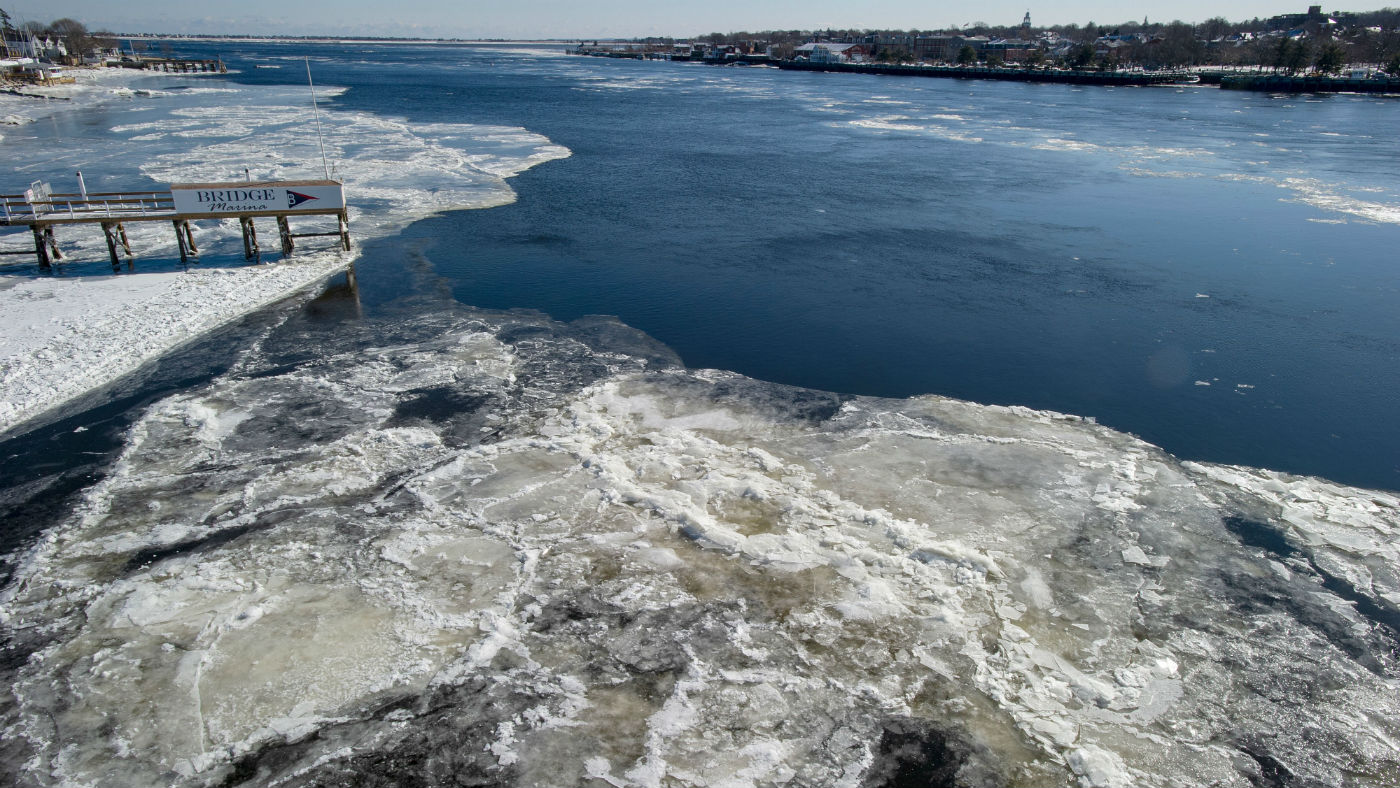
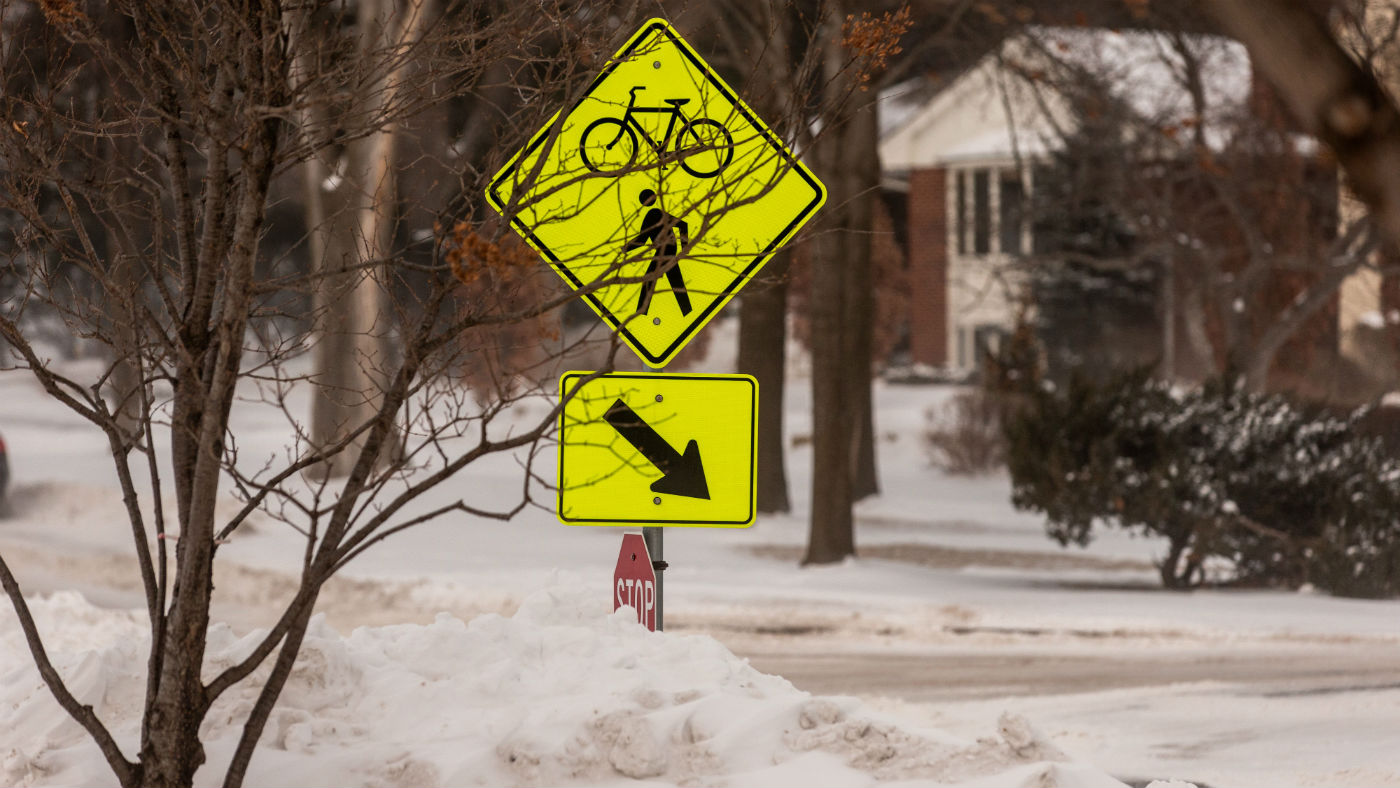
At least 20 deaths have been reported as icy cold winds caused by a polar vortex continue to batter the US.
The victims include “an elderly Illinois man who was found several hours after he fell trying to get into his home and a University of Iowa student found behind an academic hall several hours before dawn” on Wednesday, says Fox News.
In Chicago, temperatures have plummeted to -30C, forcing schools and businesses to close, as well as flight cancellations. And in Park Rapids, Minnesota, the mercury has dropped as low as -41C.
The Week
Escape your echo chamber. Get the facts behind the news, plus analysis from multiple perspectives.

Sign up for The Week's Free Newsletters
From our morning news briefing to a weekly Good News Newsletter, get the best of The Week delivered directly to your inbox.
From our morning news briefing to a weekly Good News Newsletter, get the best of The Week delivered directly to your inbox.
President Donald Trump used the cold snap to mock the concept of global warming.
But scientists were quick to debunk his methodology.
So what is a polar vortex and why is it making the US so cold?
What is a polar vortex?
A free daily email with the biggest news stories of the day – and the best features from TheWeek.com
A polar vortex is “a large area of low pressure and cold air surrounding both of the Earth’s poles”, according to the US National Oceanic and Atmospheric Administration (NOAA).
The actual vortex is the counterclockwise flow of air that helps keep the colder air close to the poles. During winter in the northern hemisphere, the polar vortex repeatedly expands, sending cold air southward with the jet stream, bands of fast-moving air.
Warm air coming up from below then causes the jet stream to weaken and buckle, sending warmer air into Alaska and pushing cold winds down into the US Midwest and East Coast.
Is this current cold snap unusual?
Events of similar magnitude have occurred in the past. The last one “was back in 2004, and another one in the mid-1990s, and another one in the mid-1980s”, Greg Carbin, in charge of NOAA’s Weather Prediction Center Forecast Operations Branch, told news site NPR. “Every few decades we see these events occur, where that arctic air that normally resides at the pole starts to make its way south into parts of the US.”
But what is unusual is “the rapid swing from very cold to very warm”, Carbin added. “We’re going to see 60-degree changes in temperature across the Chicago area in about four days.”
Is climate change to blame?
Studies have “pointed to a recent increase in instances where the polar vortex has bulged down into heavily populated areas”, says The Guardian. Scientists are “gaining a better understanding of why this is happening, with many identifying climate change as an influence”, the newspaper continues.
“We aren’t entirely there yet but there’s more and more support for this concept,” said Jennifer Francis, senior scientist at the Massachusetts-based Woods Hole Research Center.
But “linking [this rise] directly to climate change is a very difficult task, and usually we wait until after these events occur to try to come up with attributions for these events”, adds NOAA’s Carbin.
-
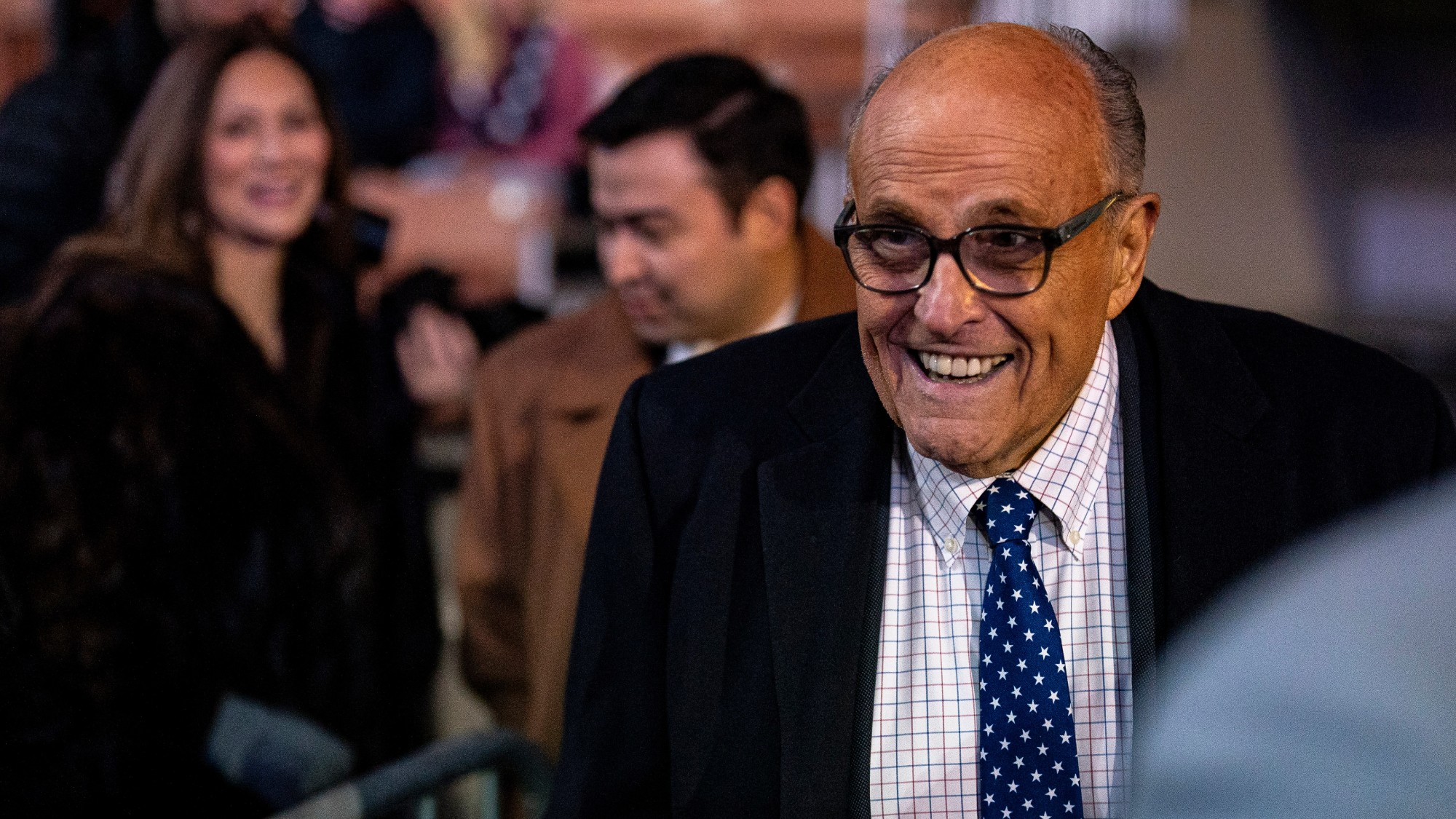 A running list of the US government figures Donald Trump has pardoned
A running list of the US government figures Donald Trump has pardonedin depth Clearing the slate for his favorite elected officials
-
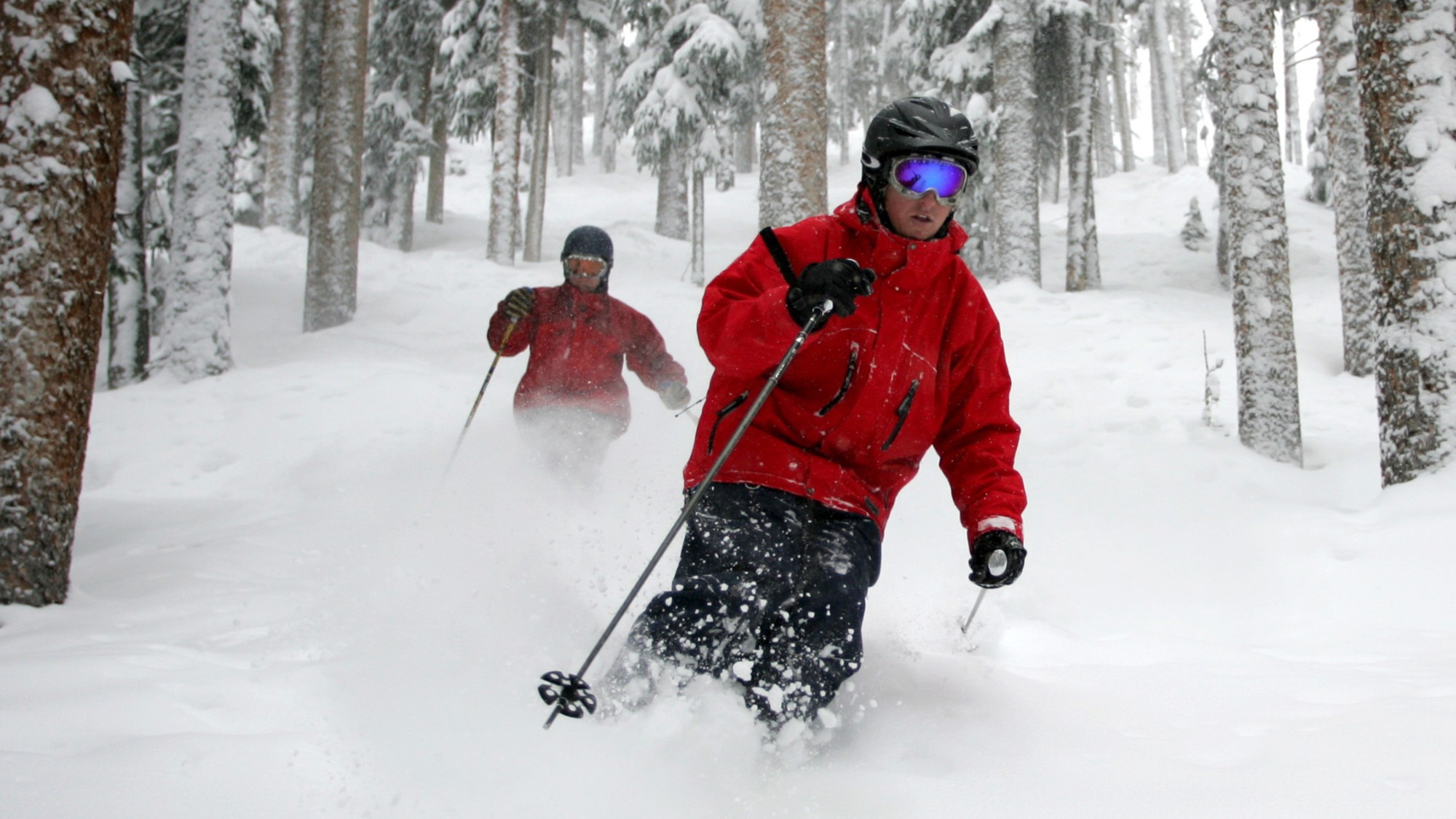 Ski town strikers fight rising cost of living
Ski town strikers fight rising cost of livingThe Explainer Telluride is the latest ski resort experiencing an instructor strike
-
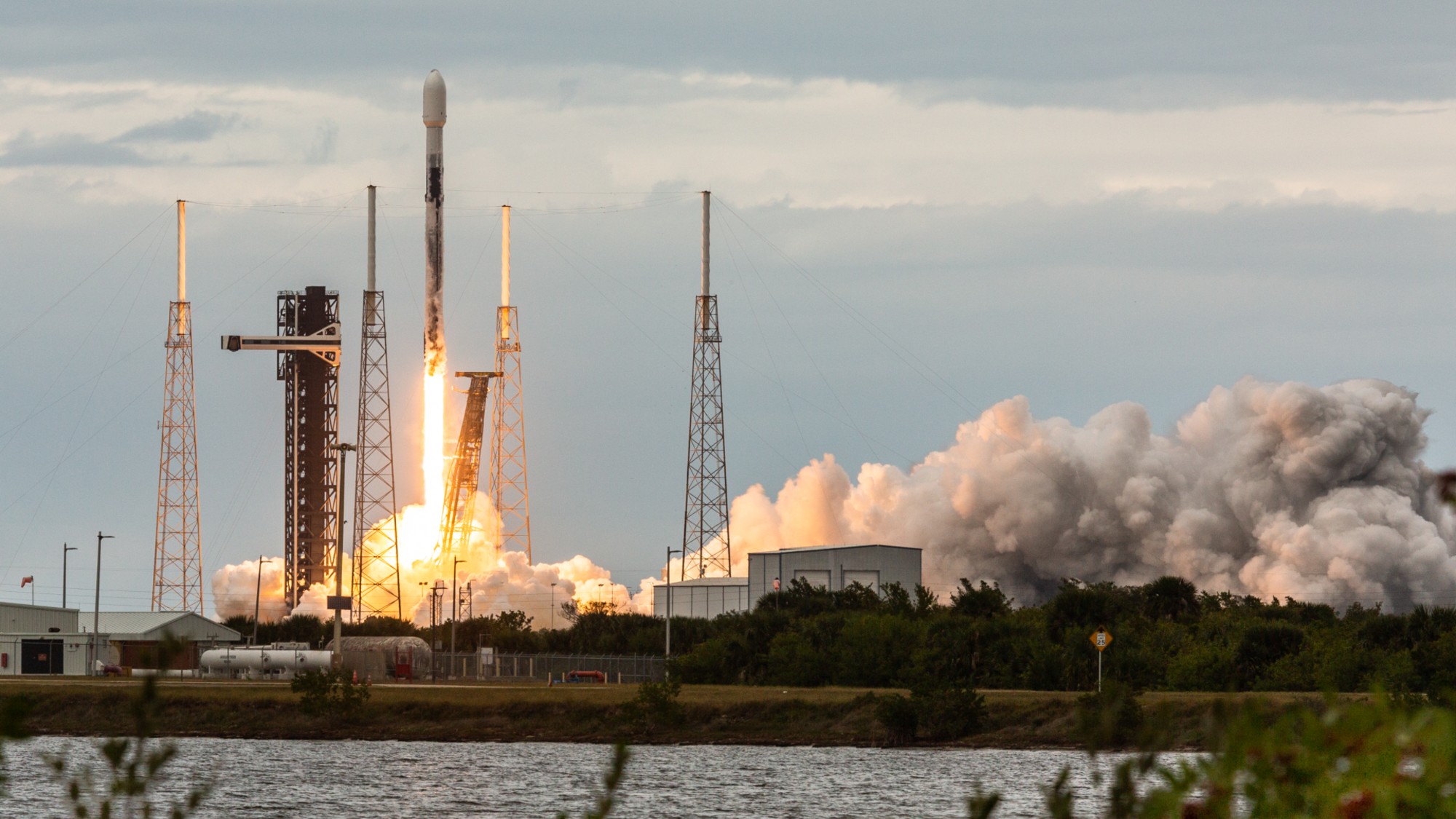 ‘Space is one of the few areas of bipartisan agreement in Washington’
‘Space is one of the few areas of bipartisan agreement in Washington’Instant Opinion Opinion, comment and editorials of the day
-
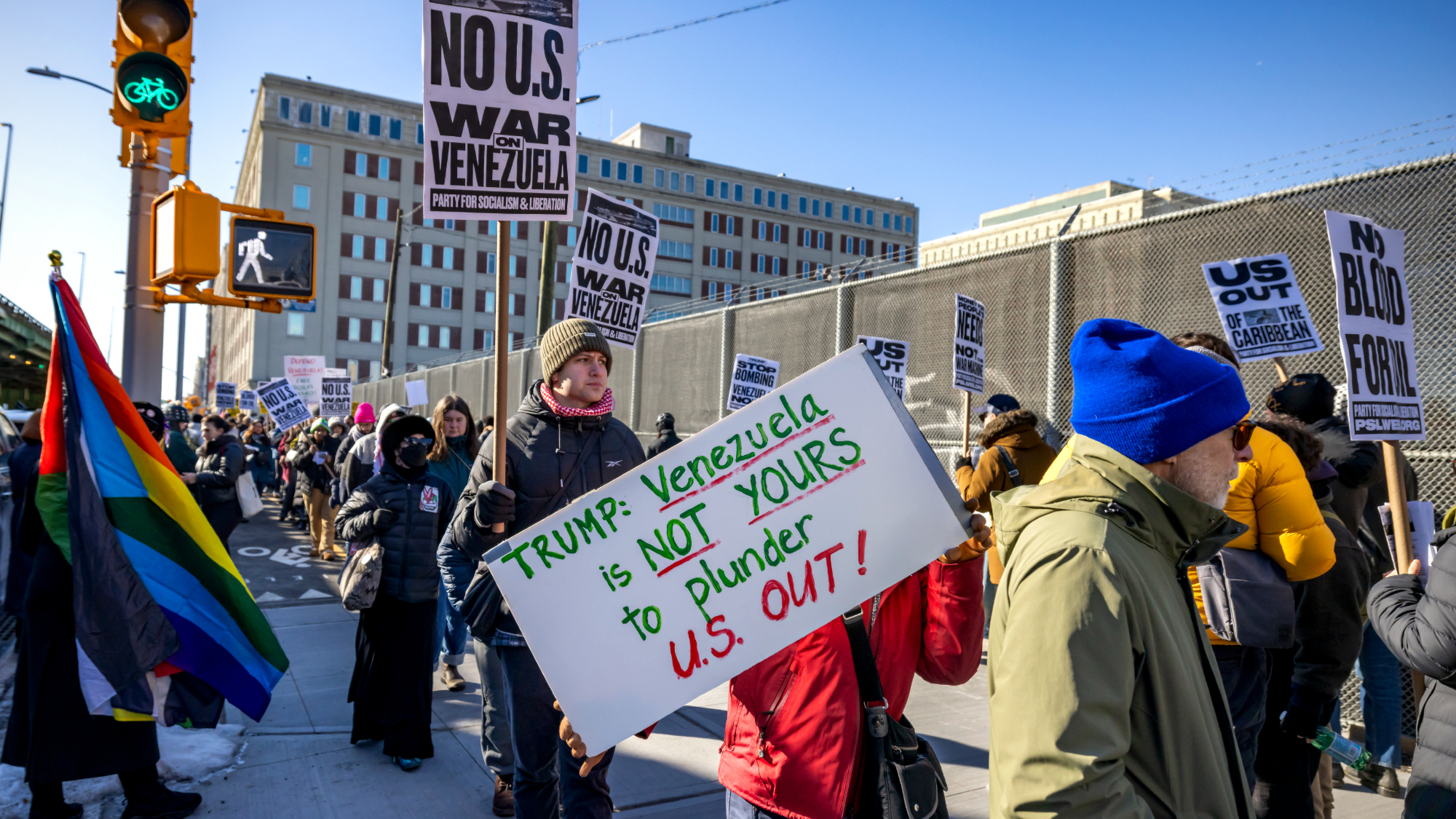 Venezuela ‘turning over’ oil to US, Trump says
Venezuela ‘turning over’ oil to US, Trump saysSpeed Read This comes less than a week after Trump captured the country’s president
-
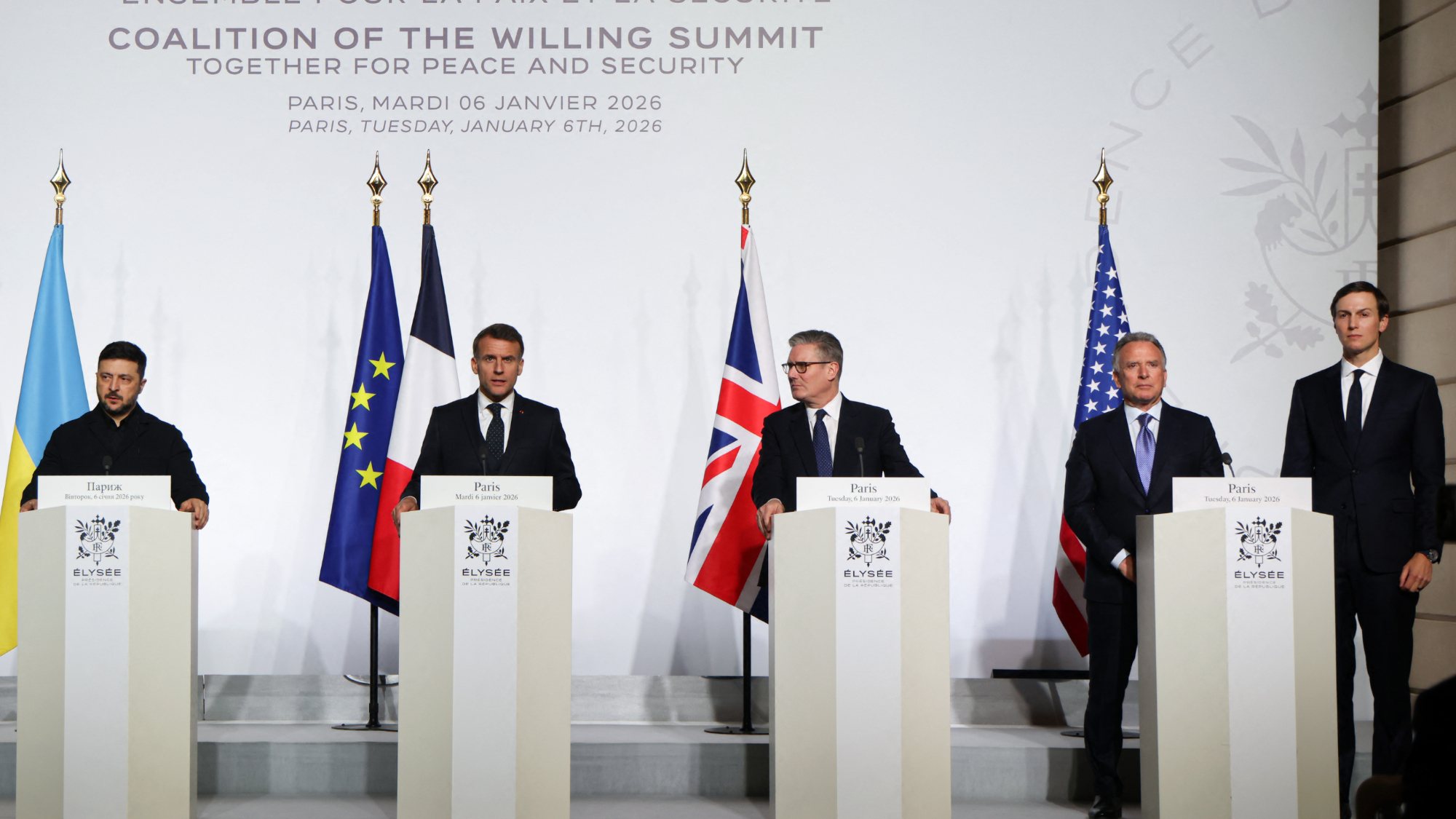 Trump’s Greenland threats overshadow Ukraine talks
Trump’s Greenland threats overshadow Ukraine talksSpeed Read The Danish prime minister said Trump’s threats should be taken seriously
-
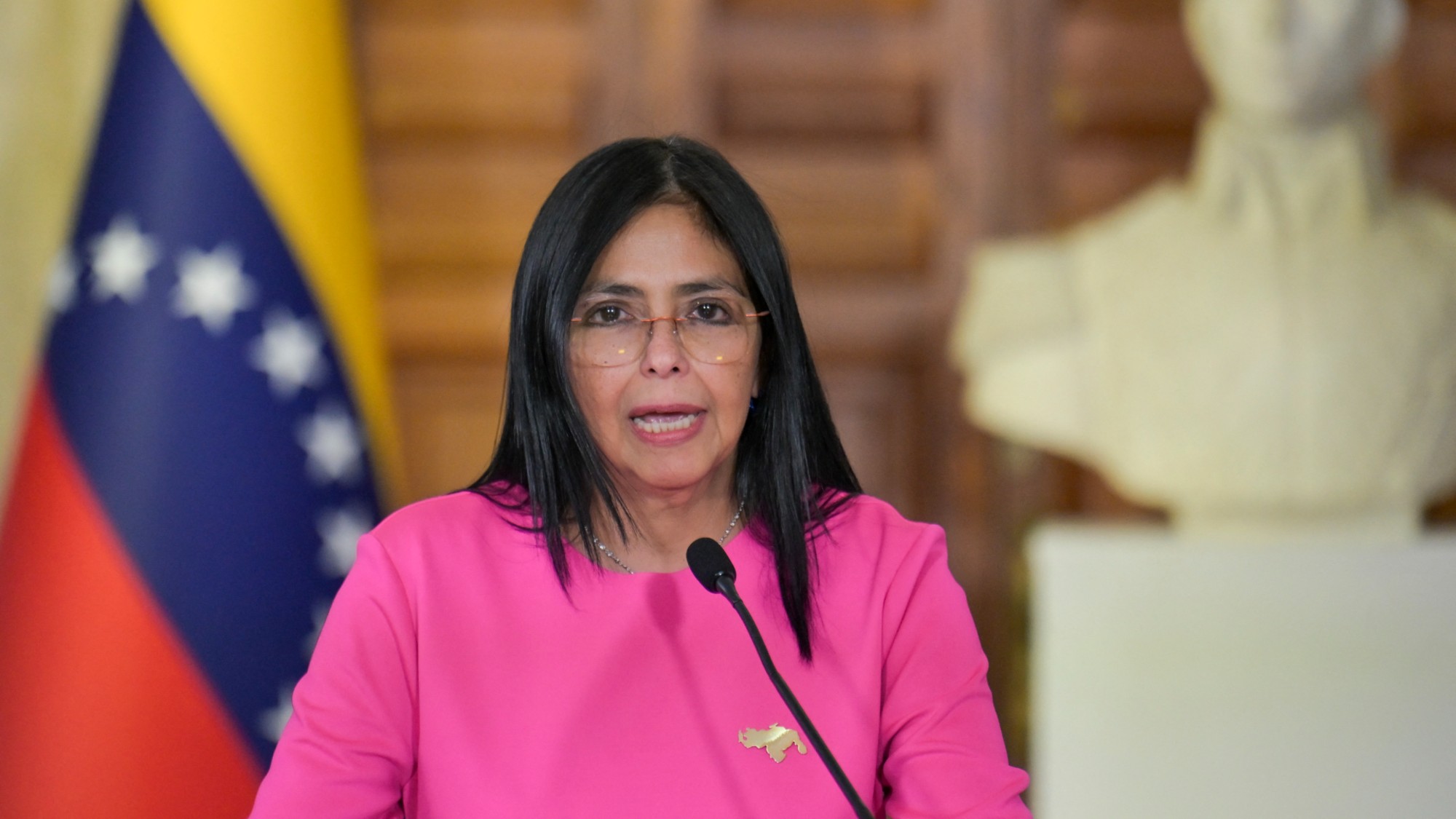 Delcy Rodríguez: Maduro’s second in command now running Venezuela
Delcy Rodríguez: Maduro’s second in command now running VenezuelaIn the Spotlight Rodríguez has held positions of power throughout the country
-
 What will happen in 2026? Predictions and events
What will happen in 2026? Predictions and eventsIn Depth The new year could bring peace in Ukraine or war in Venezuela, as Donald Trump prepares to host a highly politicised World Cup and Nasa returns to the Moon
-
 Shots fired in the US-EU war over digital censorship
Shots fired in the US-EU war over digital censorshipIN THE SPOTLIGHT The Trump administration risks opening a dangerous new front in the battle of real-world consequences for online action
-
 Hong Kong court convicts democracy advocate Lai
Hong Kong court convicts democracy advocate LaiSpeed Read Former Hong Kong media mogul Jimmy Lai was convicted in a landmark national security trial
-
 How Bulgaria’s government fell amid mass protests
How Bulgaria’s government fell amid mass protestsThe Explainer The country’s prime minister resigned as part of the fallout
-
 Pakistan: Trump’s ‘favourite field marshal’ takes charge
Pakistan: Trump’s ‘favourite field marshal’ takes chargeIn the Spotlight Asim Munir’s control over all three branches of Pakistan’s military gives him ‘sweeping powers’ – and almost unlimited freedom to use them